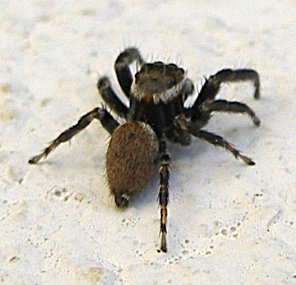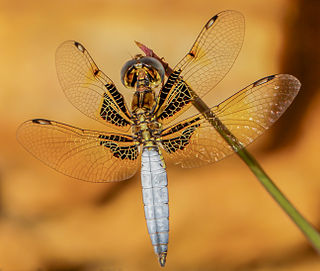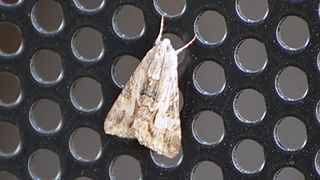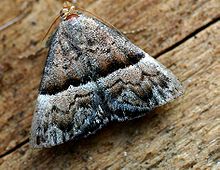948 Jucunda is a background asteroid, approximately 17 kilometers in diameter, located in the outer region of the asteroid belt. It was discovered on 3 March 1921, by astronomer Karl Reinmuth at the Heidelberg-Königstuhl State Observatory in southwest Germany. The asteroid has a longer-than average rotation period of 26.2 hours. It was named after a common German female name, unrelated to the discoverer's contemporaries, that was taken from the almanac Lahrer Hinkender Bote.

The rufous-tailed hummingbird is a medium-sized hummingbird in the "emeralds", tribe Trochilini of subfamily Trochilinae. It is found from east-central Mexico through Central America and Colombia into Ecuador and Venezuela.

Evarcha jucunda is a species of jumping spider.

The orange-breasted fruiteater is a species of bird in the family Cotingidae native to Colombia and Ecuador. Its natural habitat is subtropical or tropical moist montane forests. It is a plump green bird about 18 centimetres (7 in) long. Males have a glossy black head and bib, an orange throat and yellow belly. Females lack the dark head and have green upper parts and green and yellow streaked underparts. Both sexes have orange beaks and greyish-green legs. This is a relatively common species with a wide range, and the International Union for Conservation of Nature has rated its conservation status as being of "least concern".

Palpopleura jucunda, commonly known as the yellow-veined widow, is a species of dragonfly in the family Libellulidae, which is native to sub-Saharan Africa.

Ixora jucunda is a species of flowering plant in the family Rubiaceae. It is endemic to Sri Lanka.

Odice is a genus of moths of the family Erebidae. The genus was erected by Jacob Hübner in 1823.

Kunzea jucunda is a flowering plant in the myrtle family, Myrtaceae and is endemic to the south-west of Western Australia where it occurs on sandy or rocky soils of undulating plains. It is similar to Kunzea affinis and where the ranges of the two species overlap, hybrids occur.

Gametis jucunda, the smaller green flower chafer, is a species of flower chafer found in Japan. It has been known to damage citrus and other plants.

Aloe jucunda is a species succulent plants that belong to the family Asphodelaceae, indigenous to Somalia.

Odice suava is a species of moth of the family Erebidae. It was described by Jacob Hübner in 1813. It is found in southern Europe, Algeria, Turkey and the Middle East.

The Boletobiinae are a subfamily of moths in the family Erebidae, containing about 956 species. The taxon was described by Achille Guenée in 1858.

Melipotis jucunda, the merry melipotis moth, is a species of moth in the family Erebidae. It is found in Mexico, Colombia, most of the United States, western Canada and northeast Brazil.
Ageratina jucunda, called the Hammock snakeroot, is a North American species of plants in the family Asteraceae. It is found only in the southeastern United States, in the states of Georgia and Florida. It is a perennial herb growing up to 3 ft (0.91 m) tall.

Eremophila jucunda is a flowering plant in the figwort family, Scrophulariaceae and is endemic to Western Australia. It is a small to medium-sized shrub with hairy branches and leaves, lance-shaped to egg-shaped leaves and cream-coloured, lilac or purple flowers.

Eucalyptus jucunda, commonly known as Yuna mallee, is a species of mallee or small tree that is endemic to Western Australia. It has smooth bark, lance-shaped to curved adult leaves, flowering buds in groups of seven or nine, white or cream-coloured flowers and barrel-shaped or shortened spherical fruit with an unusually narrow opening.

Eremophila jucunda subsp. jucunda is a plant in the figwort family, Scrophulariaceae and is endemic to Western Australia. It is a small shrub with hairy leaves and white to violet flowers often growing on stony hillsides. It is similar to subspecies pulcherrima but is distinguished from it by its yellow new growth and more southerly distribution.

Tragocephala jucunda is a species of beetle in the family Cerambycidae. It was described by Gory in 1835, originally under the genus Lamia. It is known from South Africa and Madagascar.

Napeocles jucunda, the great blue hookwing, is a South American butterfly of the family Nymphalidae. The species was first described by Jacob Hübner in 1808.
This page is based on this
Wikipedia article Text is available under the
CC BY-SA 4.0 license; additional terms may apply.
Images, videos and audio are available under their respective licenses.
















